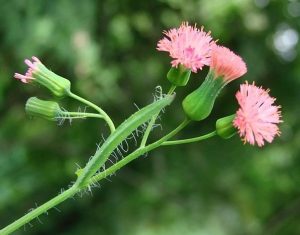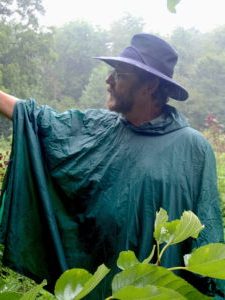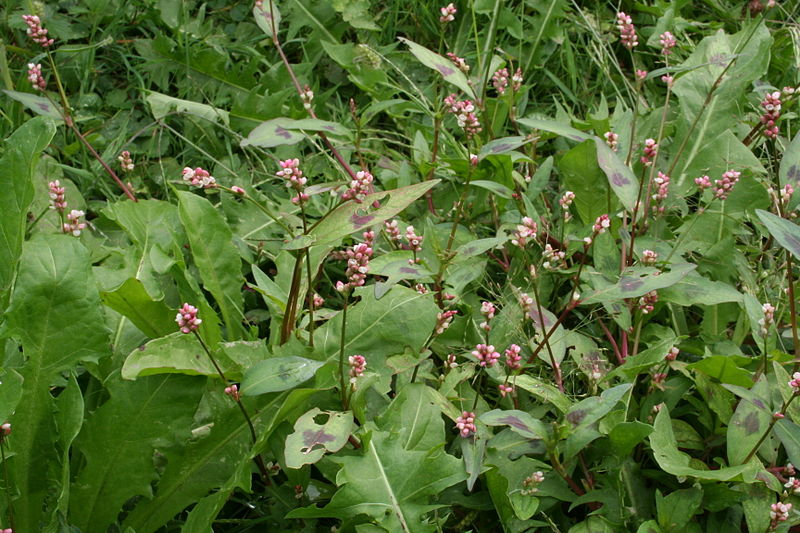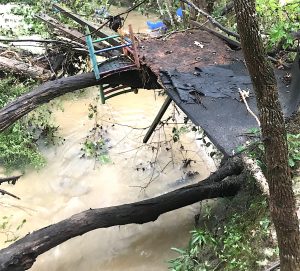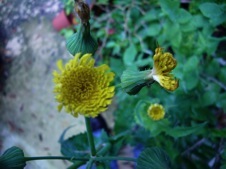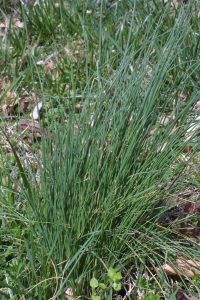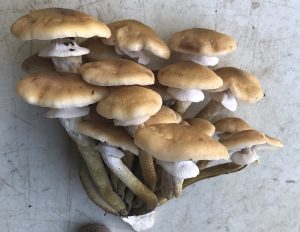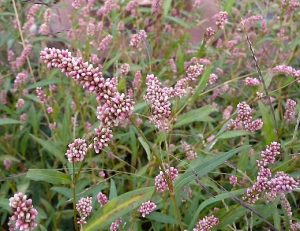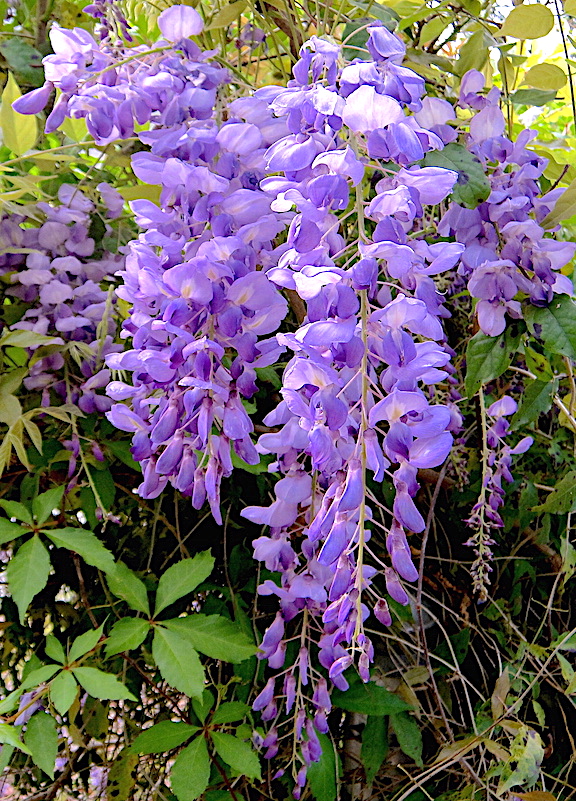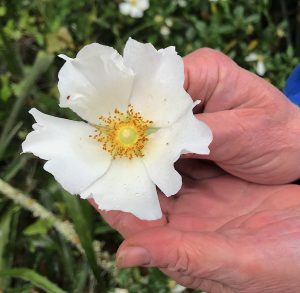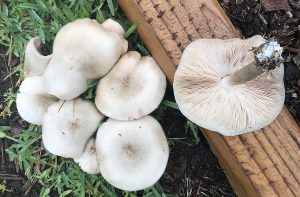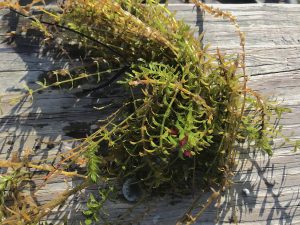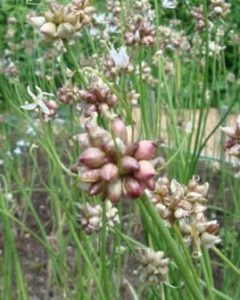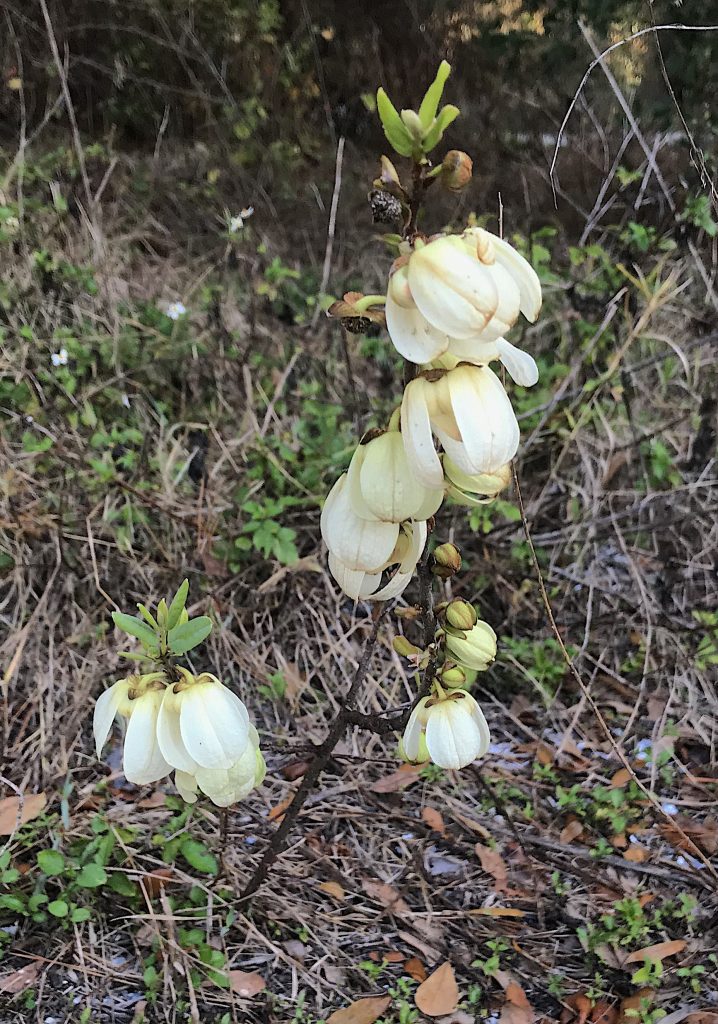
Pawpaws are related to Magnolias. Photo by Green Deane
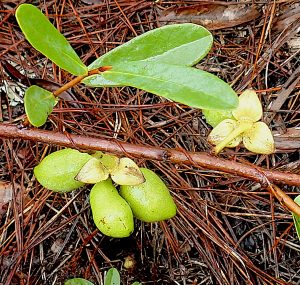
Pawpaw in fruit and blossom. Photo by Green Deane
Soon it will be time for picking up pawpaws. Driving between driving bands of rain in south Florida Sunday I saw many blossoming pawpaws. They are easy to spot in pastures, a shrub two- to five-feet high, cream-colored blossoms you can spy from a distance. The blossoms smell like carrion thus most livestock avoid them. The odd-shaped fruit ripens from green to yellow and then are favored by woodland creatures. Some would like to make pawpaws a large commercial crop but an occasional person has a severe allergy to them. So when you eat your first pawpaw, do it with someone with you. You can read more about pawpaws here.
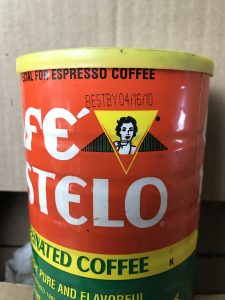
Well-canned coffee keeps.
As I write this I am sipping 14-year old coffee. If you say I am not a coffee connissure you are correct but it tastes fine to me. It was packaged in 2008. I bought several cans of it on sale a decade ago. I think I paid $1 each. Today it sells for $7 per can. I still have six left. It was hurricane coffee. As is common now they were vacuum packed and when I opened it it smelled just as one might expect: Coffee always smells better than it tastes whereas bacon and pop corn delivers on aroma and taste. The government says canned goods do not go bad if the container is not breeched or swollen. That said I did toss away a distorted can of sardines earmarked for my cats. Don’t want them ill either. The can was obviously swollen. When some of my large institutional cans age I open them and freeze the content, using it fairly soon. I maintain a revolving emergency store. Remove an old item and replace it with a new one. That way if Hurricane Putin hits I’m fine.

The semi-annual insanity is upon us.
In the spring of 2006 I decided to stop springing forward and in the autumn falling back. For 16 years I have ignored the time change. I have, however, ranted about it semiannually. It all started with G.V. Hudson.
Hudson, a New Zealander, collected insects and was a shift worker. In 1895 he proposed Daylight Savings Time so he could collect insects after work in daylight. The world rightly ignored his idea but it was also championed by a golfer, William Willett, in 1907. He fought for it tirelessly and the world rightfully ignored him as well. But, to supposedly save energy during WWI, Germany adopted Daylight Saving Time and soon other countries in the conflict followed. The time pox has been on humanity since. In the fall Americans set their clocks back to standard time. In the spring they go back on artificial time.
As I have mentioned before I stopped changing my clocks sixteen years ago. People who visit my home know I stay on “Deane Time.” I absolutely refuse to go on “daylight savings time.” The entire idea strikes me a silly particularly when one considers there is a fixed amount of daylight no matter how we set our clocks. Only the government would cut the top foot off a blanket, sew it on the bottom, and then argue the blanket is longer.
 What really got to me was the seasonal flipping: Springing forward, falling back, feeling miserable. Time change always left me out of sorts for weeks. So I don’t flip. I don’t change the clocks, when I get up, when I eat, when I go to bed or when I feed the animals. This family stays on standard time. I just recognize that for part of the year the rest of the country thinks it’s ahead of me by one hour.
What really got to me was the seasonal flipping: Springing forward, falling back, feeling miserable. Time change always left me out of sorts for weeks. So I don’t flip. I don’t change the clocks, when I get up, when I eat, when I go to bed or when I feed the animals. This family stays on standard time. I just recognize that for part of the year the rest of the country thinks it’s ahead of me by one hour.
From a factual point of view, the majority of people on earth do not go on Daylight Savings Time. How sensible. Asia doesn’t nor does Africa. Most equatorial countries don’t. Great Britain and northern Ireland tried staying on Daylight Saving Time permanently from 1968 to 1971 but went back because it was very unpopular. Most of Arizona does not go on DST, nor does Hawaii…. how do those folks manage…? Daylight Savings Time is a bad idea that needs to go away. You can refuse to let it disrupt your life. We all have phones and computers to remind us what the outside world thinks is the right time. Let them but keep your personal life on standard time. You can do it.
(In 2018 Florida passed a measure to stay on Daylight Savings Time permanently and screwed up royally. Called the “Sunshine Protection Act” it requires congressional approval because DST is a federal program. Florida’s request is not going to happen in a bitter, divided place like Washington D.C. which has other priorities than sunshine in the sunshine state. If Florida had decided to stay on standard time it could do that without federal approval. Unless Florida revisits the legislation and changes it we (actually you) are stuck with flipping. It was an opportunity missed. You screwed up Tallahassee.)
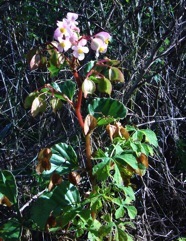
All Begonias are edible, they don’t all taste good though. Photo by Green Deane
Our seasonal changes: Elderyberry are blossoming and we found some early ripe fruit this past weekend. Blackberries are also blossoming as is the deadly Laurel Cherry. Mustards are seeding and going out of season. Stinging Nettle is at the end of its season but not gone yet. Chickweed is fast disappearing until cool weather at the end of the year, and Lamb Quarters should be easy to find in defunct citrus groves, a preferred place. Indeed, I plan on driving by some this Saturday on way to my foraging class in Gainesville. Blossoming now, if you raise them or find them in the wild, are Begonias. They are naturalized locally. Their taste can range from tart to bitter to swampy. I have a recipe for a Begonia tartlet here.

Classes are held rain or shine or cold. (Hurricanes are an exception.) Photo by Kelly Fagan.
Foraging Classes: Here’s hoping the weather says warm for a class in Gainesville this weekend. Sunday’s location is Cassadaga, a nice location, too.
Saturday March 19th, Boulware Springs Park, 3420 SE 15th St., Gainesville, FL, 9 a.m. to noon. Meet at the pavilion.
Sunday March 20th, Colby-Alderman Park: 1099 Massachusetts Street, Cassadaga. Fla. 9 a.m. to noon. Meet at the bathrooms.
Saturday March 26th, George LeStrange Preserve, 4911 Ralls Road, Fort Pierce, FL, 34981. 9 a.m. to noon. This location does not have official bathrooms or water.
Sunday March 27th, Mead Garden: 1500 S. Denning Dr., Winter Park, FL 32789. Meet at the bathrooms. 9 a.m. to noon.
Saturday April 2nd, Dreher Park, West Palm Beach, 1200 Southern Blvd., West Palm Beach, 33405., 9 a.m. to noon. Meet just north of the science museum.
Saturday/Sunday May 7th & 8th, Honea Path, South Carolina, classes at 9 a.m. and 1 p.m. each day.
For more information, to pre-pay or sign up go here
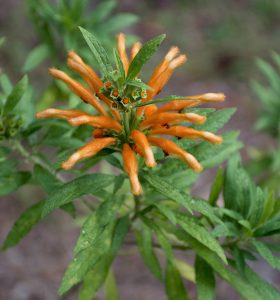
Wild Dagga, photo by Green Deane
With parts of Europe in the news one is reminded that an occasional ornamental in Florida, Wild Dagga, Leonotis leonurus, can get you a prison term of 15 to 30 years in some European countries. While chemically not the same as marijuana it does confer some similar effects. Locally one sees two species in the Leonotis genus, the Wild Dagga, and Lion’s Ear also called Klip Dagga, L. nepetifolia, the latter not as recreational and more medicinal than the former. While the blossoms and general appearance are similar Wild Dagga as long skinny leaves, Lion’s Ear has diamond-shaped leaves that resemble catnip.

You get the USB, not the key.
My nine-DVD set of 135 videos has been phased out and replaced by 171-videos on a 128-GB USB, see left. The USB videos are the same videos I have on You Tube. Some people like to have their own copy especially if social order falters. The USB videos have to be copied to your computer to play. If you want to order the USB go to the DVD/USB order button on the top right of this page or click here. That will take you to an order form. Or you can make a $99 donation, which tells me it is for the USB (include a snail-mail address.) I’d like to thank all of you who ordered the DVD set over the years which required me to burn over 5,000 DVDs individually. I had to stop making them as few programs now will read the ISO files to copy them. Burning a set also took about three hours.

Green Deane Forum
Want to identify a plant? Perhaps you’re looking for a foraging reference? You might have a UFO, an Unidentified Flowering Object, you want identified. On the Green Deane Forum we — including Green Deane and others from around the world — chat about foraging all year. And it’s not just about warm-weather plants or just North American flora. Many nations share common weeds so there’s a lot to talk about. There’s also more than weeds. The reference section has information for foraging around the world. There are also articles on food preservation, and forgotten skills from making bows to fermenting food. Recent topics include: Stale Bread and Cod Liver Oil, Killing Bugs with Tobacco Plugs, Eating weeds: Is it safe? Have they mutated? Not the Eastern Red Bug but the Pink Tabebuia, African Tulip Tree, Asparagus densiflorus, Green Deane’s Book… You can join the forum by clicking on the button on the upper right hand side of this page.
We saw young groundnuts during our foraging class Sunday. No other plant east of the Rockies has a similar root growth pattern making it easy to identify. A legume with lumps on its root, it usually grow to about egg size but can be as large as a potato. It also has up to 26% protein, which is a whopping amount for a root. The University of Louisiana developed a commercial cultivar and it can be bought off the internet if you don’t want to go find it. If folks ate groundnuts some 400 years ago — it was a staple for the natives from Maine to Florida — and it was shipped off to Europe as a food, and has been developed into a cultivar, why aren’t we eating it? Why isn’t it in the grocery stores? The answer is it takes a year to first establish itself. In the fast pace of modern agriculture that does not meet commercial practices. But it’s fine for people who like to grow their own food. Also if it is undercooked it can raise havoc to the digestive system. You can read about the “lost crop” here.
This is my weekly newsletter #499. If you want to subscribe to this free newsletter you can find the sign-up form in the menu at the top of the page. My website, EatTheWeeds.com, which is data secure, has over 1500 plants on it in some 428 articles. I wrote every one myself, no cut and paste.
To donate to the Green Deane Newsletter click here.
— As a side note, on Facebook don’t write something like “I want to kill all the grass in my yard.” That will get you a sentence of more than a month in Facebook jail. I’m on parole in April.
— The hunt for a place to move to continues with one possibility in central Florida. Looking for a fixer upper on agicultural land preferably on the southern half of the state. Quiet and the ability to raise ducks or a goat or two a priority. Internet not a necessity. If you know of anything please let me know. GreenDeane @gmail.com. Failing that buying an RV and finding a place to park is plan C.

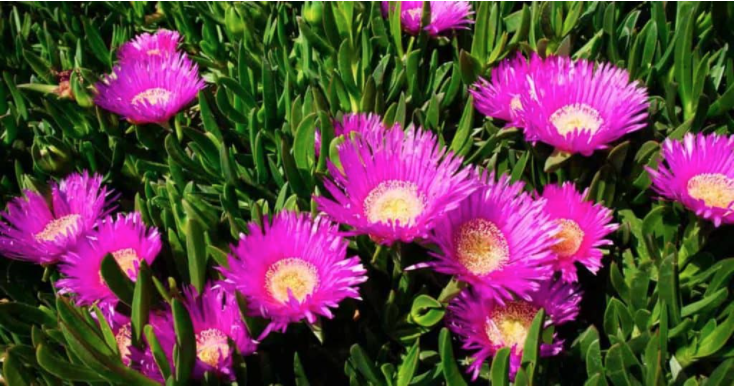
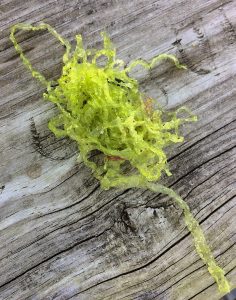
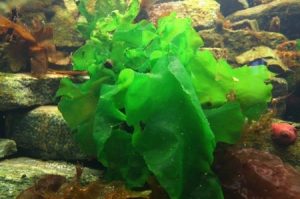
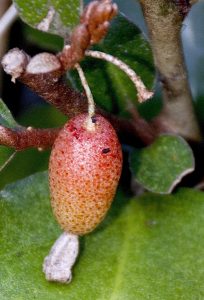
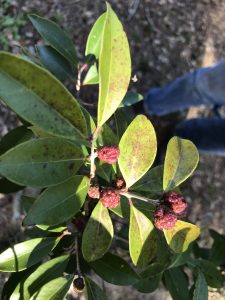

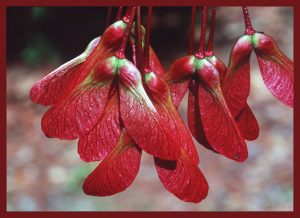 If you look across local lakes now you will see garnet red splotches on the horizon. Those are maples putting on new leaves. Are maple leaves edible? Yes and seeds, too. Are they prime foraging food? Opinions vary. The delicate samaras (see right) happen to be red but they can also be green. Later the auto-rotating wings
If you look across local lakes now you will see garnet red splotches on the horizon. Those are maples putting on new leaves. Are maple leaves edible? Yes and seeds, too. Are they prime foraging food? Opinions vary. The delicate samaras (see right) happen to be red but they can also be green. Later the auto-rotating wings 
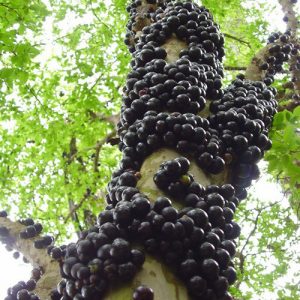
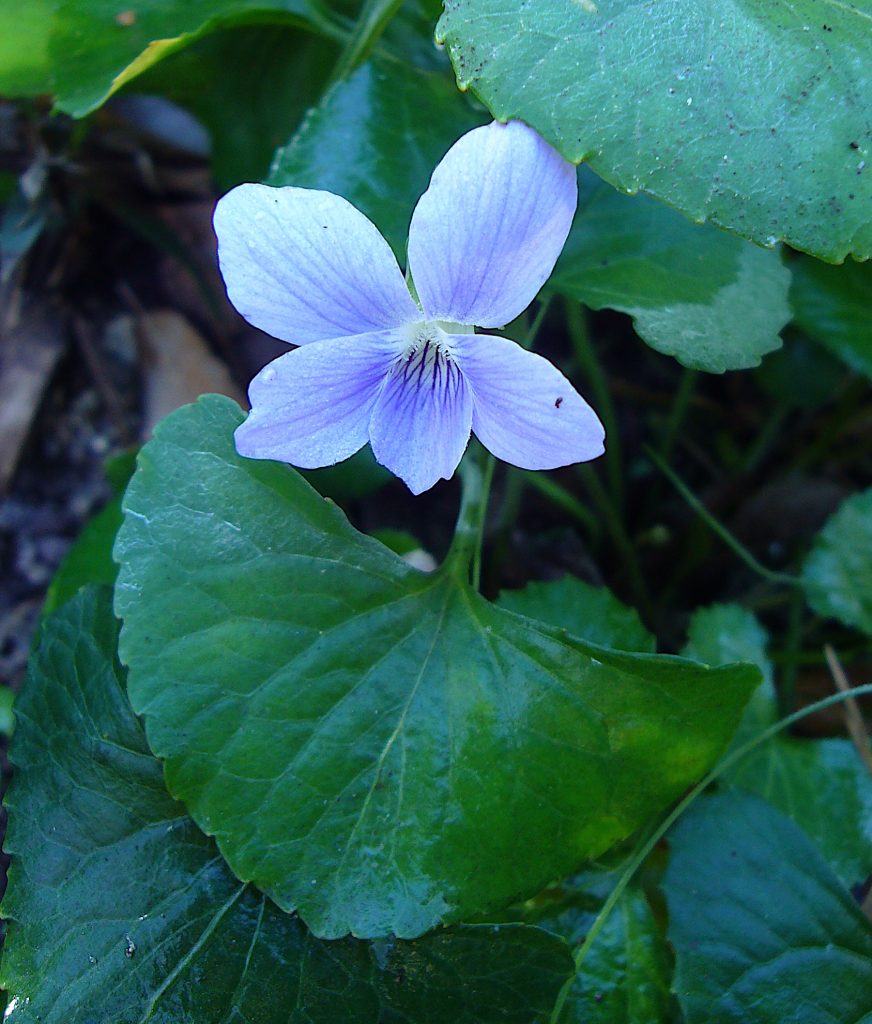
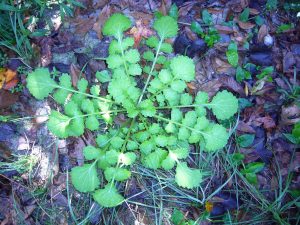
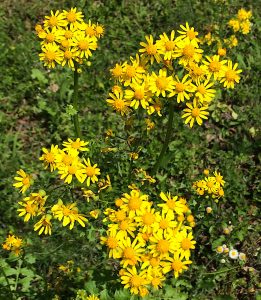
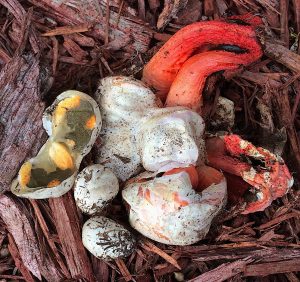
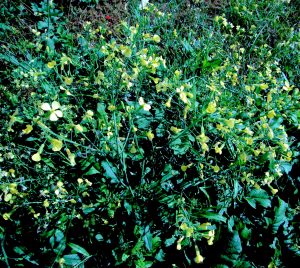
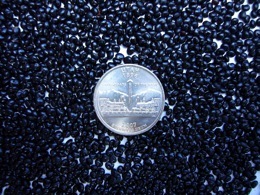
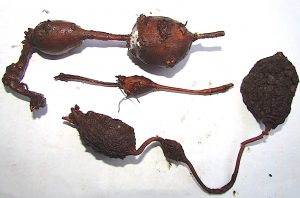
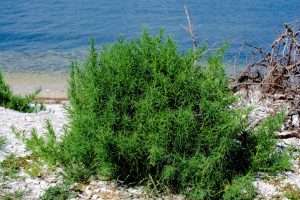
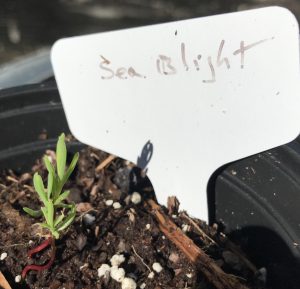
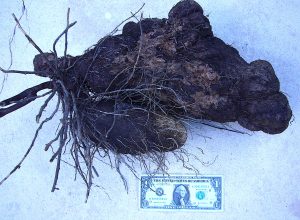

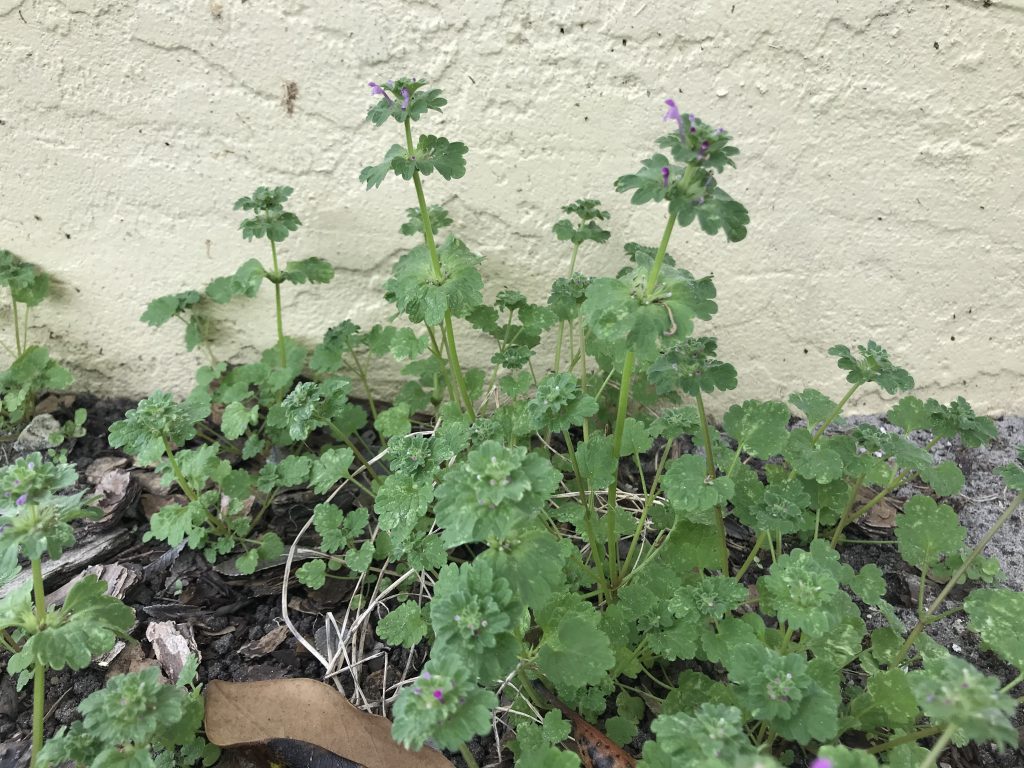
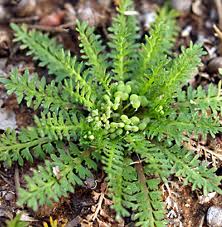
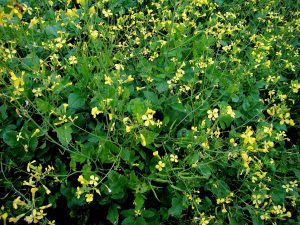
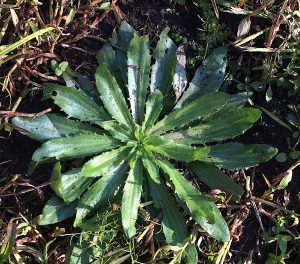
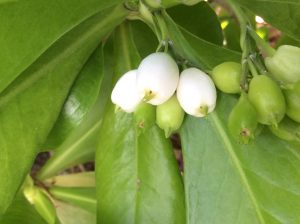
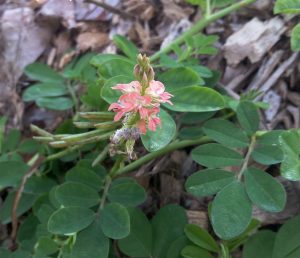
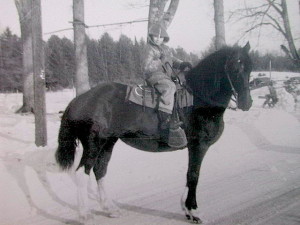


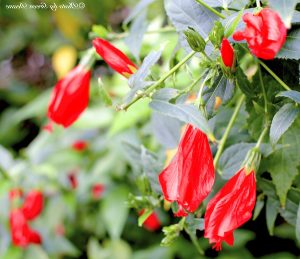

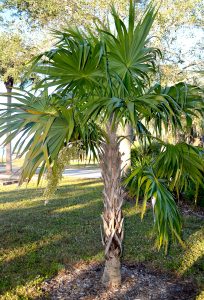
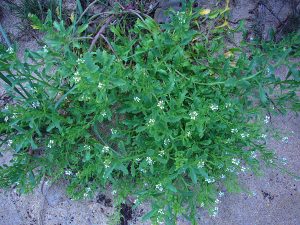

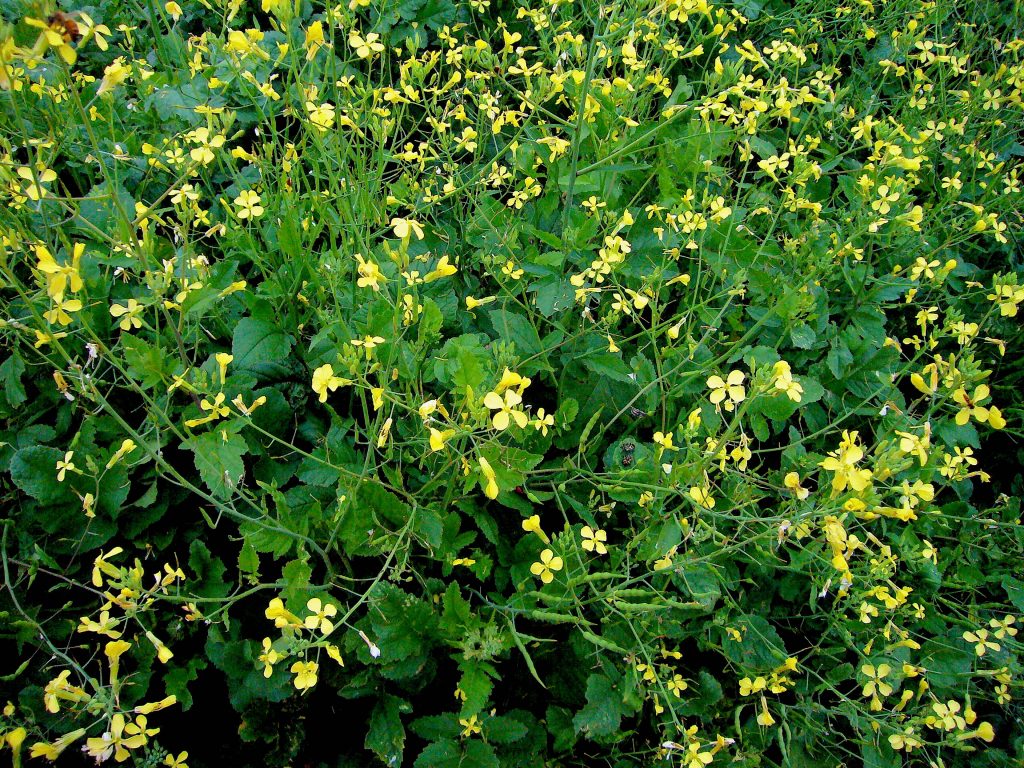
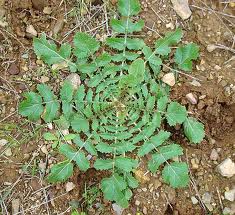
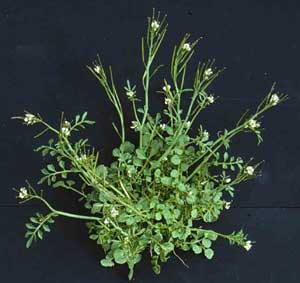
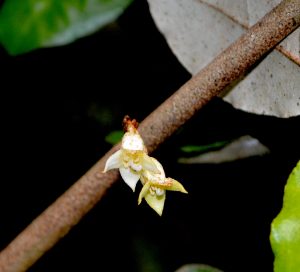
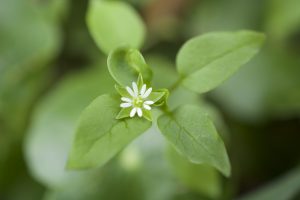
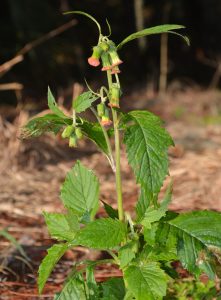
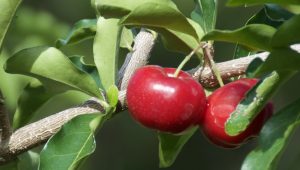
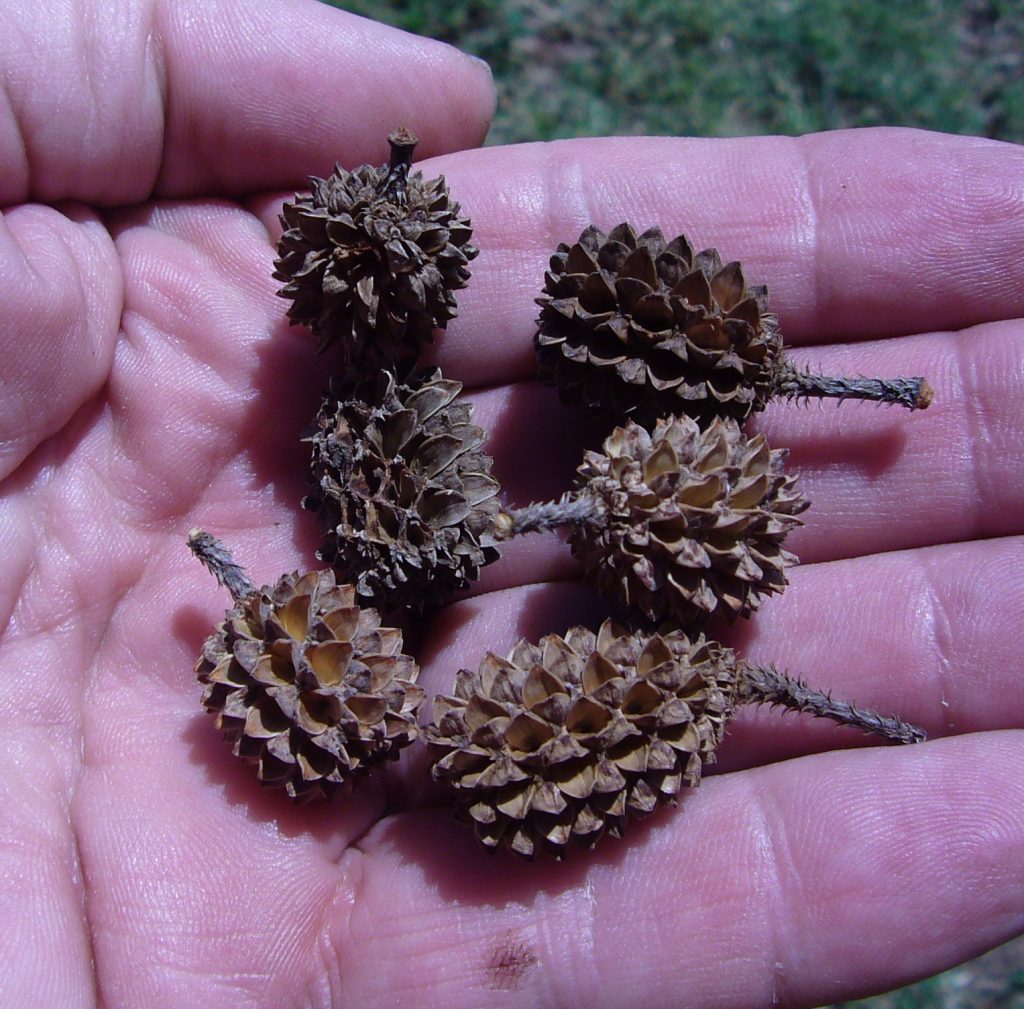
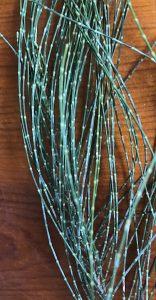

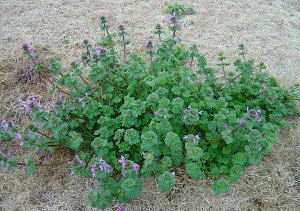
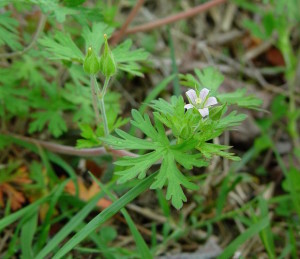
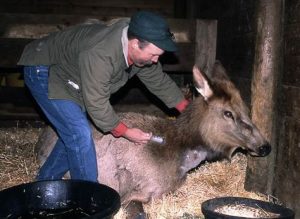
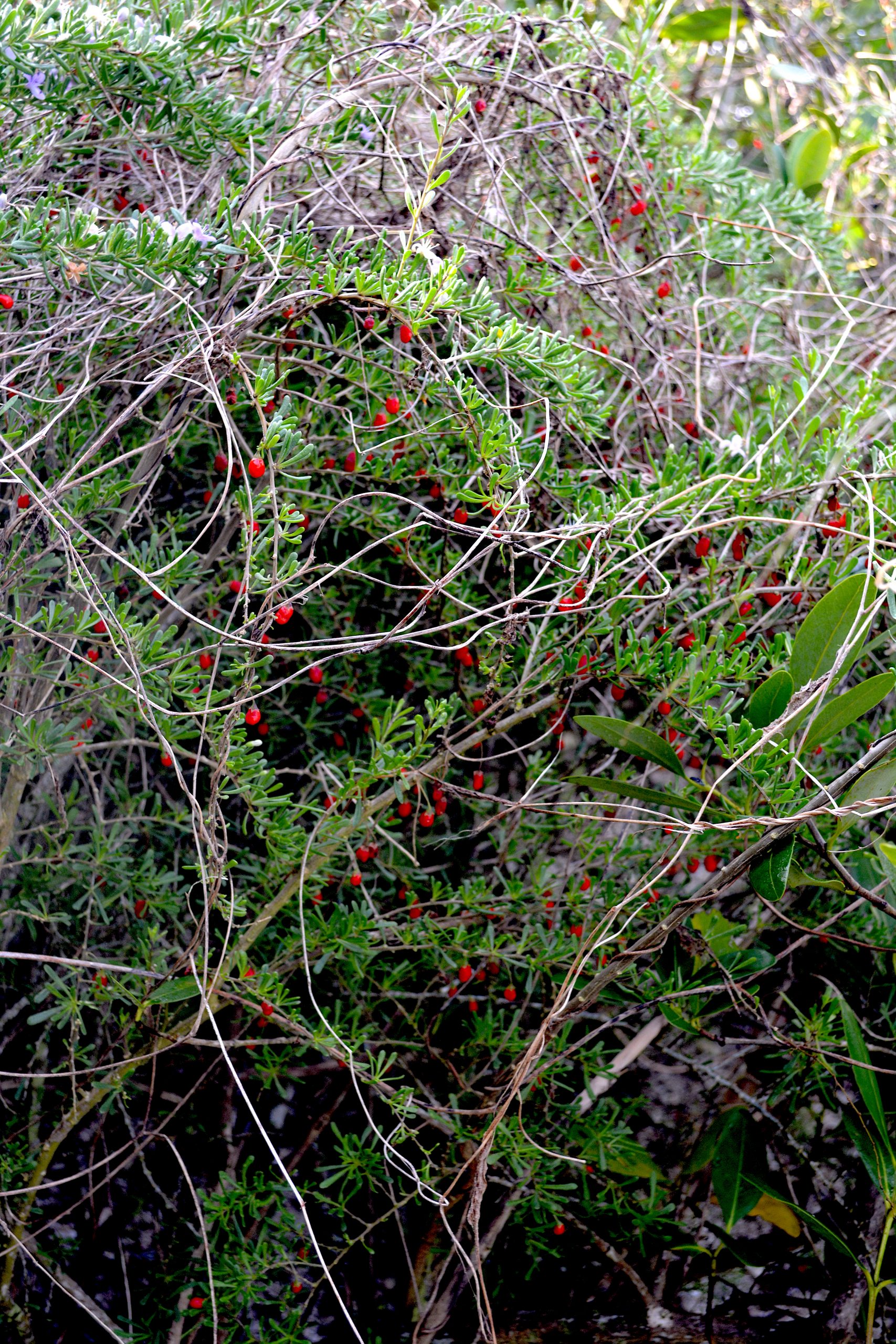
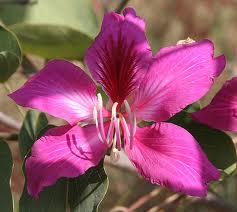
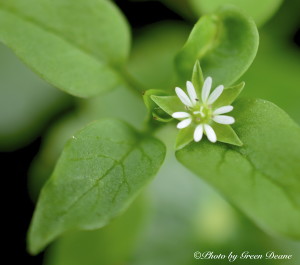
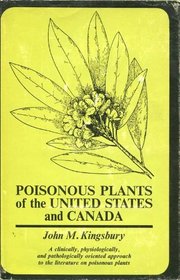 Is that theoretically possible? Yes. You’d have to eat 85 grams of apples seeds, about three ounces, or about 114 seeds, all at one time, all thoroughly chewed. That could, in theory, deliver a fatal dose of cyanide. That’s for a 150 pound person, a larger person could tolerate more, a child much less. Probably children should not eat any apple seeds. The way cyanide works is rather fascinating. It attaches to our red blood cells better than oxygen. So instead of oxygen being delivered throughout the body for mitochondrial use cyanide is. We essentially stop making energy. But what about the guy who ate the cup of seeds? There’s bit of a problem with that.
Is that theoretically possible? Yes. You’d have to eat 85 grams of apples seeds, about three ounces, or about 114 seeds, all at one time, all thoroughly chewed. That could, in theory, deliver a fatal dose of cyanide. That’s for a 150 pound person, a larger person could tolerate more, a child much less. Probably children should not eat any apple seeds. The way cyanide works is rather fascinating. It attaches to our red blood cells better than oxygen. So instead of oxygen being delivered throughout the body for mitochondrial use cyanide is. We essentially stop making energy. But what about the guy who ate the cup of seeds? There’s bit of a problem with that. 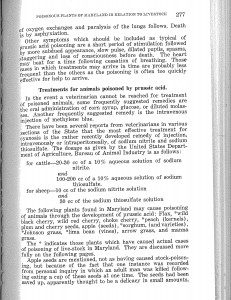 Kingsbury’s inclusion of the incident in his book gave the story legitimacy and it has been quoted extensively ever since by professionals and amateurs alike. But from a traditional journalistic point of view the story is full of what we called in the newsroom “holes.” Who ate the seeds, when, and where? Basic facts that add credibility. Professor that he was Kingsbury included where he got the story from in footnote 1335. That footnote reads: Reynard, G.B., and J.B.S. Norton in Poisonous Plants of Maryland in Relationship to Livestock. Maryland Agricultural Experimental Station, Technical Bulletin. A10, 1942. 312 pp.
Kingsbury’s inclusion of the incident in his book gave the story legitimacy and it has been quoted extensively ever since by professionals and amateurs alike. But from a traditional journalistic point of view the story is full of what we called in the newsroom “holes.” Who ate the seeds, when, and where? Basic facts that add credibility. Professor that he was Kingsbury included where he got the story from in footnote 1335. That footnote reads: Reynard, G.B., and J.B.S. Norton in Poisonous Plants of Maryland in Relationship to Livestock. Maryland Agricultural Experimental Station, Technical Bulletin. A10, 1942. 312 pp. 